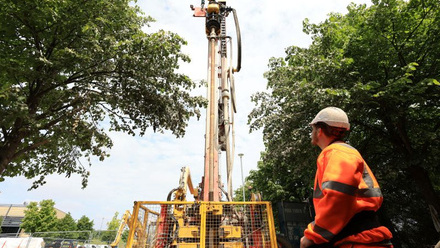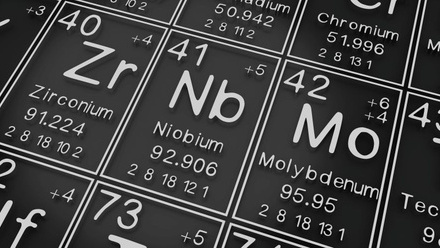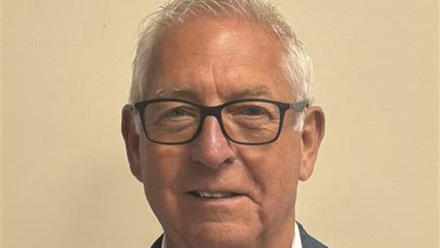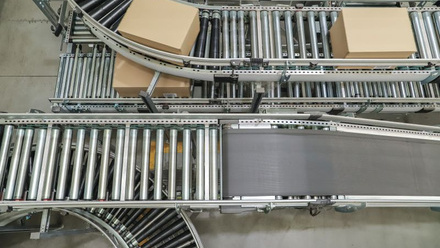Bridging the gaps in the materials value chain
Michèle Brülhart, Chief Executive of Copper Mark, on how bridging gaps in the materials value chain can aid the transition to a low-carbon future.

The worlds of energy-transition metals and international relations are getting tangled. As the global imperative to decarbonise intensifies, major economic actors seek to secure access to critical materials. While the EU’s Critical Raw Materials Act is designed to boost internal autonomy and reduce dependence on any single third country, Beijing’s 2021-25 Five-Year Plan and subsequent Central Economic Work Conference emphasise critical material security, and US President Joe Biden’s Inflation Reduction Act is pushing for greater investment in the domestic critical materials industry.
All the while, demand for these materials is forecasted to exceed supply. Amid this scramble, environmental considerations around the extraction of critical materials are in danger of being watered down – ironically, the push for net-zero threatens to be undermined by the materials supporting it.
According to the International Finance Corporation (IFC)’s January 2023 report, if global copper mining were to increase to the extent necessary to support renewable technologies by 2050, without the adoption of mitigation measures or practices, greenhouse gas emissions from copper production alone would double.
In the future, global regulation may catch up, national self-interest may be mitigated by collaboration and new technologies are likely to be developed to ease the energy transition, but time is not on our side. The critical materials industry must take responsibility to participate positively in the energy transition.
The problem of Scope 3 emissions
The industry has already taken important steps to promote responsible production, sourcing and recycling of critical materials. These positive actions broadly cover three categories: efficiency, electrification and fuel transition.
Efficiency improvements can range from ensuring that office heating and air conditioning is energy efficient to deploying high-efficiency evaporators to limit water waste. Electrification is increasingly economical and producers are turning to renewable sources to power their operations.
These improvements are essential for creating sustainable critical materials industries. Businesses at every stage of the supply chain are electrifying. However, despite improved collaboration along the supply chain and with local authorities and grids, sustainability goals are leaking through the gaps in the value chain. According to the International Copper Alliance, Scope 3 emissions account for 31% of copper’s greenhouse gas emissions. These are indirect emissions up or down the supply chains. More broadly, McKinsey analysis finds that up to 28% of global emissions are the result of indirect impacts of mining operations – including transportation.
Did you know?
If global copper mining increases to the extent necessary to support renewable technologies by 2050, without the adoption of mitigation measures or practices, greenhouse gas emissions from copper production alone will double.
Source: International Finance Corporation (IFC), Net Zero Roadmap for Copper and Nickel Value Chains
Without a holistic, joined-up way of looking at emissions from the critical materials industry, environmental threats can grow exponentially. How can companies build bridges between each stage of the materials value chain to make sure that each one contributes to the overarching goal to reduce carbon emissions?
Chain of Custody
At the Copper Mark, a Chain of Custody Standard is used to connect the value chain. With three tools – collaboration, robust data and transparency – we can start to connect actors from the beginning of a primary or secondary metal’s entry into the economy to its end use in the hands of the consumer.
Every actor in the supply chain needs to buy into collaboration, use the resources needed to record and share robust data, and commit to implementing sustainable practices. The key challenge is getting this buy-in to happen.
Regulation in this space is moving even slower than the market. With so many overlapping approaches being tested and implemented, there is a risk of market confusion, which could open the door to greenwashing.
In the absence of regulation, one of the most powerful levers are the market and investors. Financial incentives are one method to make a difference. Green bonds or transition bonds are financial instruments that tie the proceeds of bonds exclusively to specific sustainable projects. Alternatively, sustainability-linked financing ties investments to specific sustainability key performance indicators. If these are the carrot, then the stick is the growing trend of divestment from carbon-intensive businesses.
In its report, The 2030 decarbonization challenge. The path to the future of energy, Deloitte argues that compelling end-users to use raw materials in ways that reduce emissions is counterproductive. Instead, they advocate for partnerships of customers and suppliers who have the same goal. However, they also acknowledge that forging such links would oblige mining companies to collaborate with each other, and with other players in the supply chain. In a similar vein to the Chain of Custody, they call for greater visibility and transparency throughout the supply chain.
What is needed is a single, reliable metric that investors and other actors in the market can rely on. One that accounts for each stage of the value chain. This metric needs to define the rules of how data is shared along the value chain, verify the conformance of participants with agreed standards, and provide publicly available summaries of sustainability assessments.
The real challenge with creating a trusted metric is that it needs to be ambitious but feasible for its users to implement. What holds true for one region or jurisdiction doesn’t necessarily hold true for another – each supply chain actor is facing their own pressure points and areas of key emission impact.
The critical materials industry will not be able to change overnight. The measures identified for efficiency, electrification and fuel transition will take some time to be implemented – even under the most ambitious transition plans.
Instead, the metrics by which the market judges businesses should also be dynamic. The industry is constantly changing, and the markets should continue to improve and raise the metrics by which they measure businesses. For example, mining facilities will have to increasingly deal with pressures brought on by flooding risks; operators further along the supply chain will have to manoeuvre changing supply chains and regulations as regional markets tighten; and new technologies may accelerate the energy transition within different stages of the value chain.
If standards do not continuously take these into account, they will quickly become irrelevant.
Finally, we must keep in mind that the energy transition itself does not exist in a vacuum. If businesses reduce emissions at the expense of their workers, local environments and communities, or equality, diversity and inclusion goals, we risk raising one ethical imperative at the expense of another. Environmental good practice cannot absolve companies of responsibilities for the communities and areas they interact with.
In the next decade, we can expect a flurry of decarbonisation efforts, legislation, backlash and overlap. But eventually, legislation will catch up to the imperative of decarbonising the metals industry. For now, the market has an opportunity to mould how future global regulation will look and how the industry itself responds. There is no better time to cement a realistic, full value chain set of standards by which the industry can accurately measure its progress towards supporting the energy transition.







